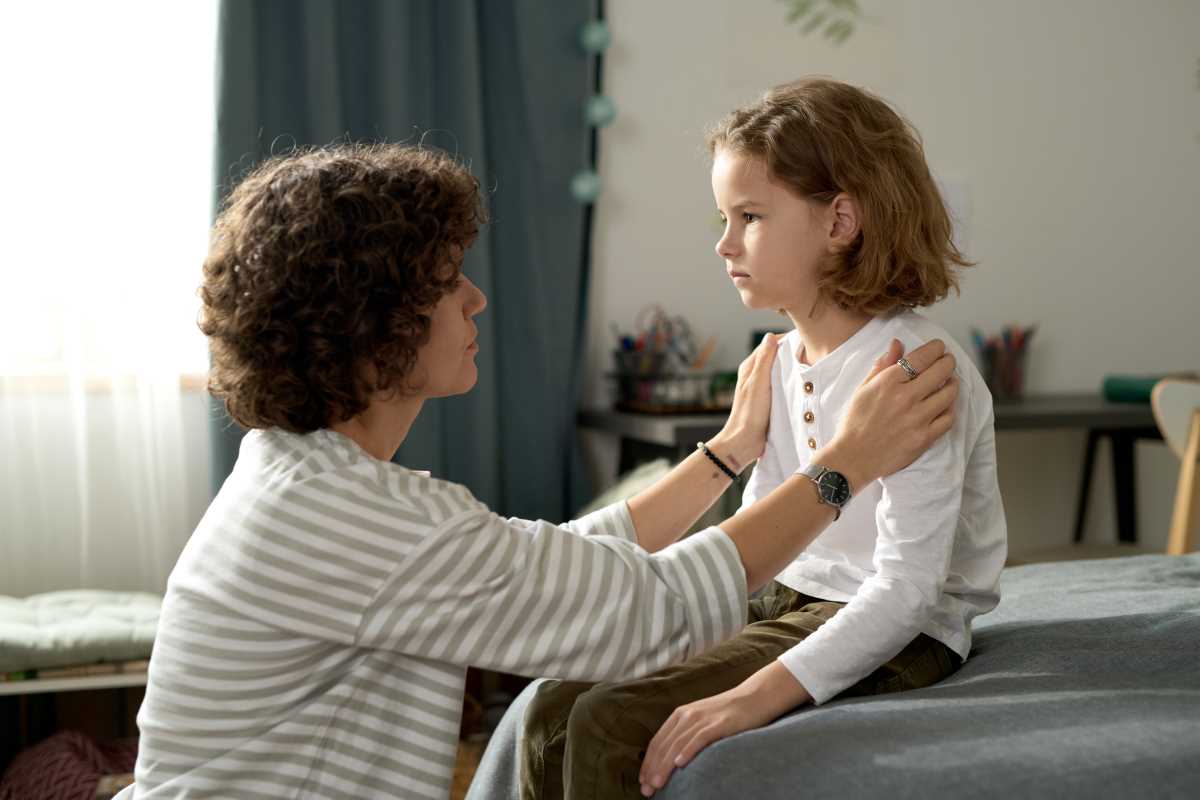Choosing the Right Pet and Getting Kids Involved in Care
By: Carter Lawson Last updated: 09/29/2024 (Image source: Inuvo / CR)
(Image source: Inuvo / CR) Pets can become cherished members of a family, offering companionship, joy, and numerous educational opportunities. Choosing the right pet and involving children in their care can foster a strong bond while teaching valuable life lessons. Here’s a guide to help families select the perfect pet and engage kids in caring for their new furry (or scaly) friend.
The Benefits of Pet Ownership for Families
Owning a pet can significantly enrich family life. Pets provide unconditional love and companionship, enhancing emotional well-being. For children, pets can serve as confidants and playmates, offering comfort during difficult times. The presence of a pet can also reduce stress and anxiety levels within the household, contributing to a happier, more harmonious environment.
From an educational standpoint, pet ownership teaches children about responsibility, empathy, and the cycle of life. Caring for a pet requires consistent effort and commitment, offering children the chance to develop a sense of duty. Furthermore, pets can spark curiosity and encourage learning about different species, habitats, and animal care.
Choosing the Right Pet for Your Family
Selecting the right pet involves careful consideration of your family’s lifestyle, needs, and preferences. Here are some factors to keep in mind:
- Space: Evaluate the size of your home and yard. Larger animals like dogs require more space to roam, while smaller pets like cats or hamsters can thrive in apartments or smaller homes.
- Time Commitment: Consider the amount of time your family can dedicate to a pet. Dogs, for instance, need regular walks and playtime, while fish or reptiles may require less direct interaction.
- Allergies: Be mindful of any allergies within the family. Hypoallergenic pets, such as certain dog breeds or reptiles, might be a better choice for those with sensitivities.
- Age of Children: Younger children may benefit from pets that are more tolerant and less fragile, such as certain breeds of dogs or cats. Older children might be ready for the responsibility of caring for smaller animals, like guinea pigs or hamsters.
- Pet Lifespan: Consider the long-term commitment of owning a pet. Some pets, like turtles or parrots, have long lifespans, requiring a commitment that spans decades.
- Budget: Factor in the costs associated with pet ownership, including food, veterinary care, and supplies. Ensure that your family is prepared for these financial responsibilities.
Involving Kids in Pet Care
Engaging children in pet care is an excellent way to teach responsibility and empathy. Here are some tips to help get them involved:
- Assign Age-Appropriate Tasks: Tailor tasks to your child’s age and abilities. Younger children can help with feeding or grooming, while older kids can take on more complex responsibilities like walking the dog or cleaning cages.
- Teach Empathy: Encourage children to understand and respond to their pet’s needs. Discuss how pets communicate through behavior and body language, and guide them in interpreting these signals.
- Create a Routine: Establish a daily schedule for pet care tasks. Consistency helps children develop a sense of routine and ensures that pets receive the care they need.
- Make It Fun: Turn pet care into a fun and educational experience. Create games or challenges related to pet training or care, making the process engaging for kids.
- Encourage Reading: Provide books or online resources about your pet’s breed or species. This can inspire children to learn more about their pet and its natural behaviors.
- Lead by Example: Model responsible pet ownership by demonstrating how to care for the pet appropriately. Children learn a lot by observing adults, so show them how to handle and interact with the pet gently and respectfully.
The Lifelong Benefits of Pet Bonding
Building a bond with a pet can have lifelong benefits for children and families. Pets teach compassion, patience, and the importance of nurturing relationships. The joy and companionship they provide can leave lasting memories and instill a love for animals that children carry into adulthood.
Moreover, pet ownership can strengthen family bonds as everyone works together to care for their animal friend. Shared responsibilities and experiences, such as walks or playtime, create opportunities for family bonding and cooperation.
Embrace the Journey
Choosing the right pet and involving children in their care is a rewarding journey full of learning and growth. Pets offer unconditional love and countless opportunities to teach children about responsibility and empathy. By carefully selecting a pet that fits your family’s lifestyle and involving kids in their care, you can create a nurturing environment where both children and pets thrive.
Embrace the joys and challenges of pet ownership, and cherish the bonds you form with your animal companions. The lessons learned and the love shared will enrich your family’s life, creating a lasting legacy of compassion and connection.
Share now!
This content was created with the help of a large language model, and portions have been reviewed and edited for clarity and readability.






